In a presentation at nZEB Expo Cluj 2024, Mihaela Radu gave a detailed insight into the sustainability of wood in construction. This guide summarizes essential information for professionals and enthusiasts in the field. Video at the end.
What is wood durability?
Durability is the wood's ability to keep its wood:
- Structural integrity
- Aesthetics
- Resistance to moisture, fungi, micro-organisms and insects
Sustainability classification according to European Standard 350/2016
Resistance classes of fungi that cause rot:
- Very durable wood (>25 years)
- Durable wood (15-25 years)
- Moderately durable wood (10-15 years)
- Low durability (5-10 years)
- Perishable wood (<5 years)
Important: These classes refer only to the heartwood (the hard part of the log), not the sapwood (the outer part), which is generally less resistant.
Factors affecting durability
Water: Wood's enemy #1
- Humidity above 20% creates a favorable environment for the growth of microorganisms
- Paradoxically, wood completely submerged in water holds up well (due to lack of oxygen)
- Wood is hygroscopic - it continues to absorb water after processing
Conditions needed for rotting:
- Water content >20%
- Presence of the food source (the wood itself)
- Presence of oxygen
- Temperature between 0-40°C
Types of degradation
Rot:
- Brown rot
- Attacks cellulose and hemicellulose
- Change the color of wood to brown
- Wood cracks into prismatic shapes
- White rot
- Attacks mainly lignin
- Wood becomes soft and spongy
- Filaments appear
- Total loss of resistance
- Soft rot
- Similar to brown
- Also works below 0°C (down to -15°C)
Insect pests:
- Caries (mainly attacks the alburnum)
- Tailor beetles (beech, oak)
- Wood Wasp (prefers resinous)
Note: Insects and their eggs can lie dormant in wood for up to 40 years, waiting for the right conditions to develop.
Protection solutions
Preventive measures:
- Choosing wood of higher strength grades
- Use of dry wood (8-12% for furniture, max 18% for exterior)
- Avoid direct contact with the ground
- Ensure adequate ventilation
- Implement constructive solutions that allow water to drain away
Treatments:
- Industrial:
- Accoya (acetylated pine) - durability 50 years
- Kebony (naturally treated pine) - durability >30 years
- High-temperature heat treatment
- Pressure impregnation (e.g. Thanalite)
- Applicable by hand:
- Sodium silicate impregnation
- Bochemit products (preventive and curative)
- Japanese Sugi Ban method (controlled burning)
Surface protection:
Natural products:
- Oils
- Wax
- Wood tar (obtained by distillation of wood)
Synthetic products:
- Lakes
- Paints
- Lazuri
Essential rules for treatment and protection:
- Treatment of all wood surfaces
- Follow the manufacturer's instructions
- Choosing the right products for the right purpose (indoor/outdoor)
- Allow time for drying between coats
- Proper surface preparation (sanding, cleaning)
By understanding and applying these principles, we can ensure an extended lifespan of wooden buildings and other wooden elements, effectively protecting them against degradation factors. Below, the full video of Mihaela Radu on stage at nZEB Expo Cluj 2024.





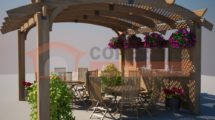
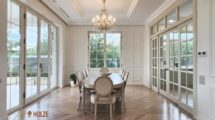
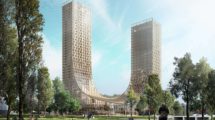



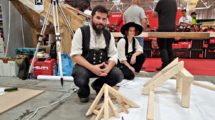
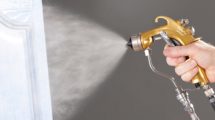


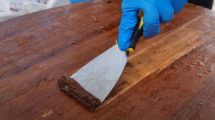

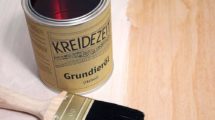


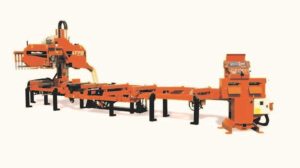




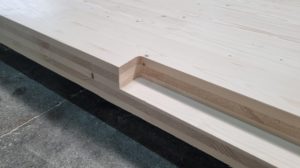




Add comment